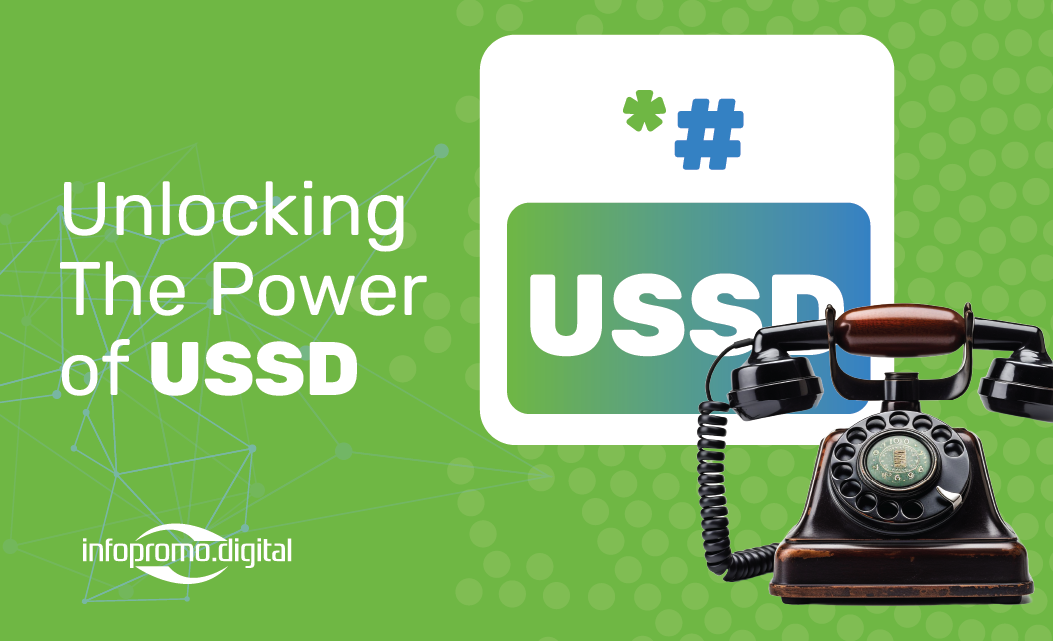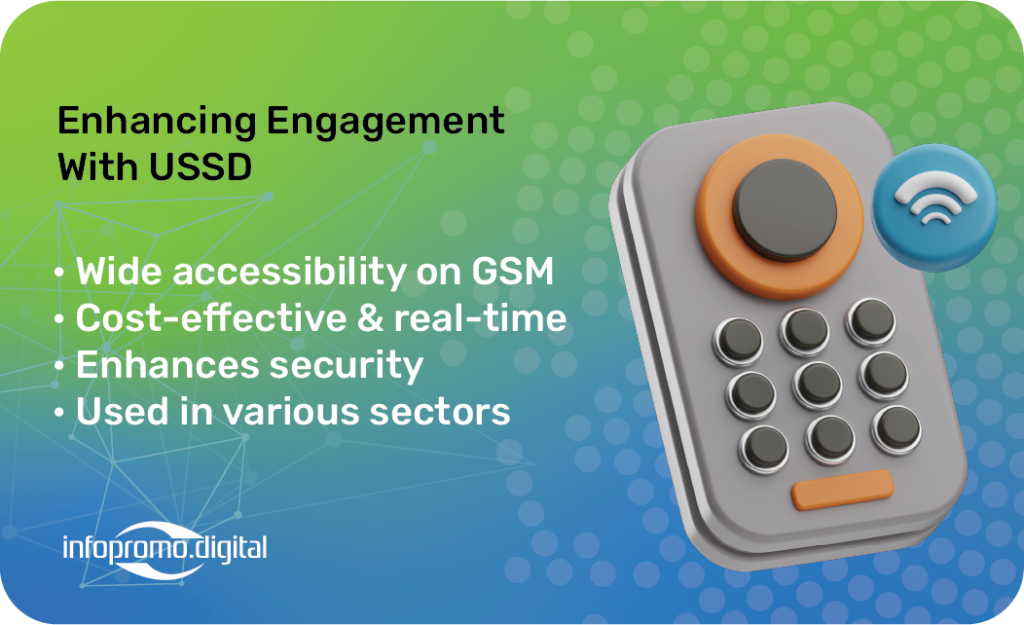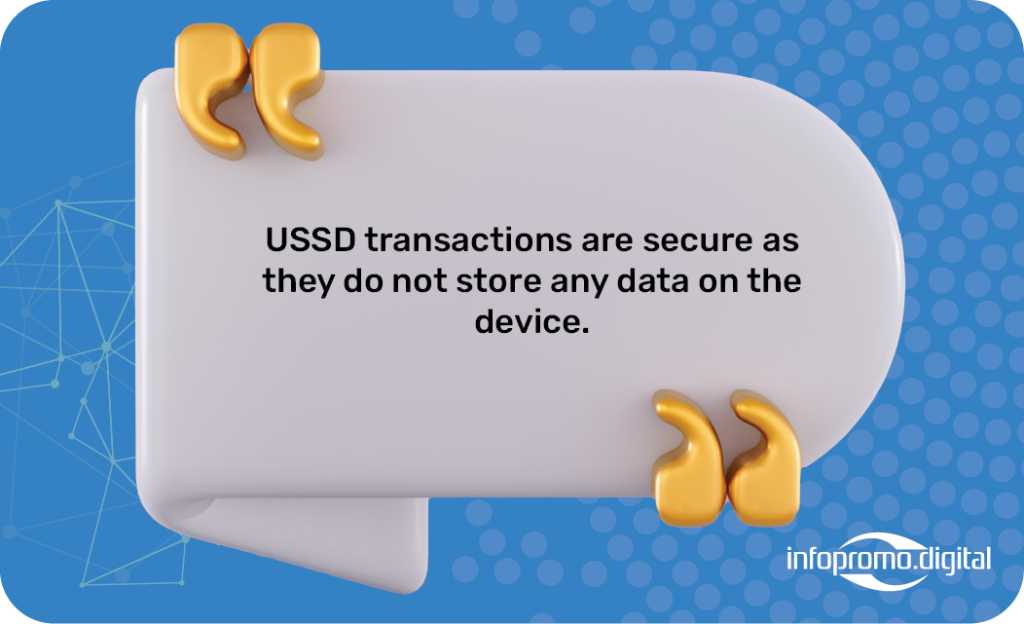
Explore the fundamentals of USSD technology, its capabilities, and its applications across various industries.
In today’s fast-paced digital world, businesses and consumers alike demand quick, efficient, and cost-effective communication solutions. Unstructured Supplementary Service Data (USSD) technology has emerged as a powerful tool that meets these needs. USSD allows real-time communication between a mobile phone and an application server, making it a versatile and accessible technology with numerous applications.

What is USSD?
USSD is a protocol used by GSM cellular telephones to communicate with the service provider’s computers. Unlike SMS, which is stored and forwarded, USSD messages create a real-time connection during a session. This connection allows for more interactive communication. USSD codes are typically represented by a combination of numbers and asterisks (e.g., *123#) and are used for various services such as balance checks, mobile banking, and service subscriptions.
Key Capabilities of USSD
- Real-Time Communication: USSD enables instant interaction between users and service providers. This real-time communication is crucial for applications that require immediate responses, such as mobile banking and customer service.
- Wide Accessibility: USSD works on any GSM phone without the need for an internet connection or special applications, making it accessible to a wide range of users, including those in remote areas.
- Cost-Effective: Since USSD does not rely on data networks, it is a cost-effective solution for both users and service providers. This is particularly beneficial in regions where data costs are high.
- Security: USSD provides a secure channel for communication. Sensitive information, such as banking transactions, can be safely conducted through USSD as it does not leave a trace on the user’s device.
Applications Across Industries
- Banking and Finance: USSD is widely used in mobile banking services, allowing users to check balances, transfer money, and pay bills without an internet connection. This has been particularly transformative in regions with limited banking infrastructure.
- Telecommunications: Telecom operators use USSD to provide users with easy access to services such as balance inquiries, recharges, and customer support.
- Healthcare: In the healthcare sector, USSD can be used for appointment scheduling, reminders, and accessing health information. It helps bridge the gap in regions with limited access to internet-based services.
- Agriculture: Farmers can use USSD to get real-time updates on weather forecasts, market prices, and farming tips. This empowers them to make informed decisions and improve their productivity.
- Retail: Retailers use USSD for loyalty programs, promotions, and customer feedback. It provides a simple and effective way to engage with customers and enhance their shopping experience.

Conclusion
USSD technology continues to be a game-changer across various industries due to its accessibility, cost-effectiveness, and security. As more businesses and organizations explore its potential, USSD is set to unlock new opportunities for growth and innovation. By understanding and leveraging the capabilities of USSD, businesses can provide better services, improve customer engagement, and streamline operations.




